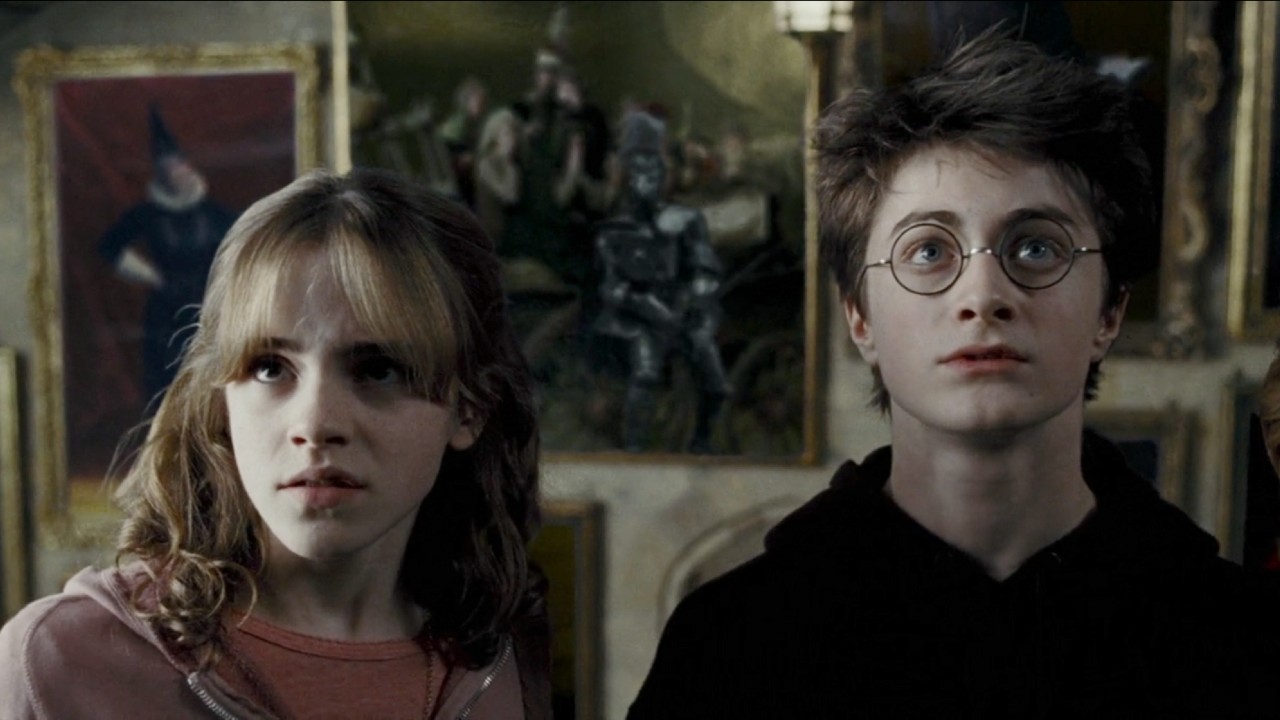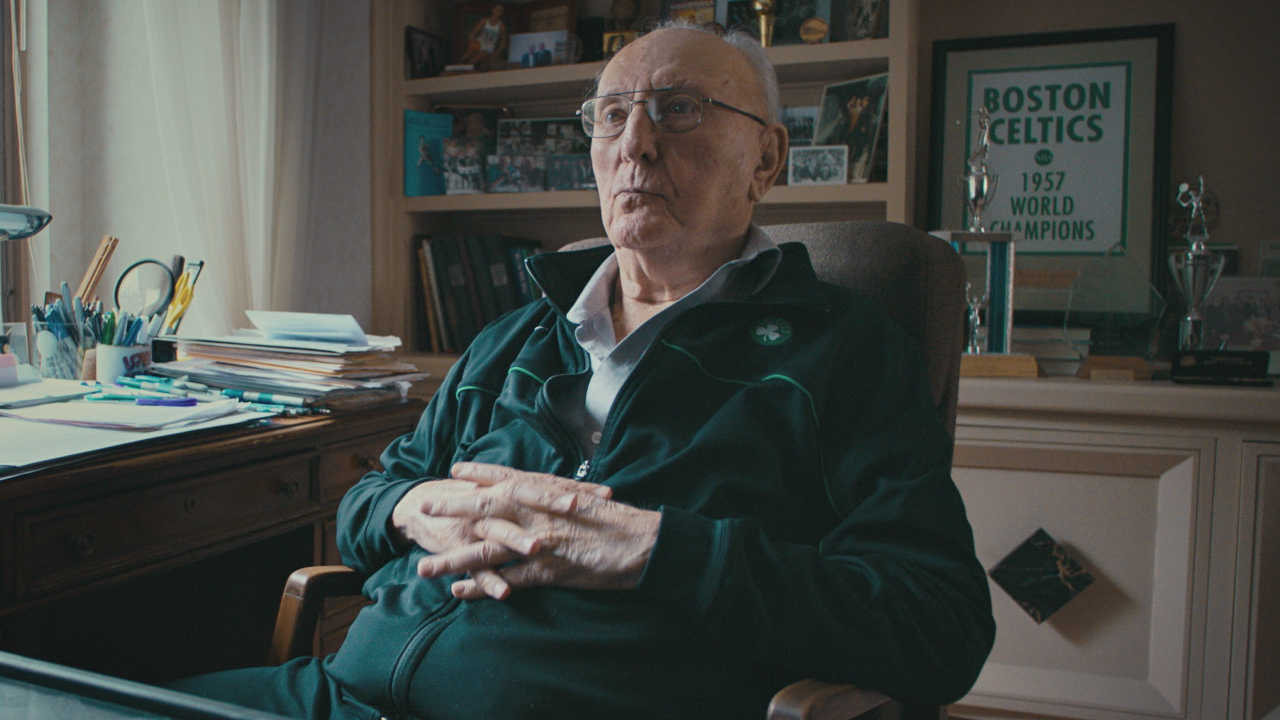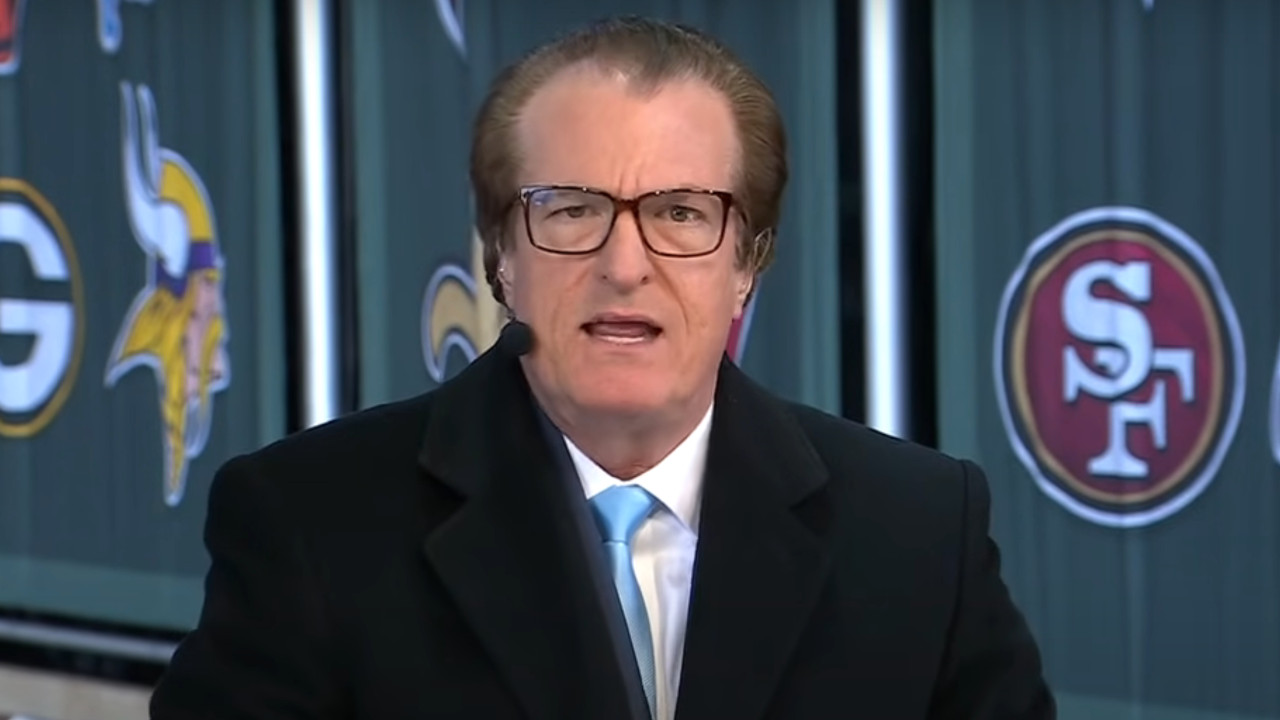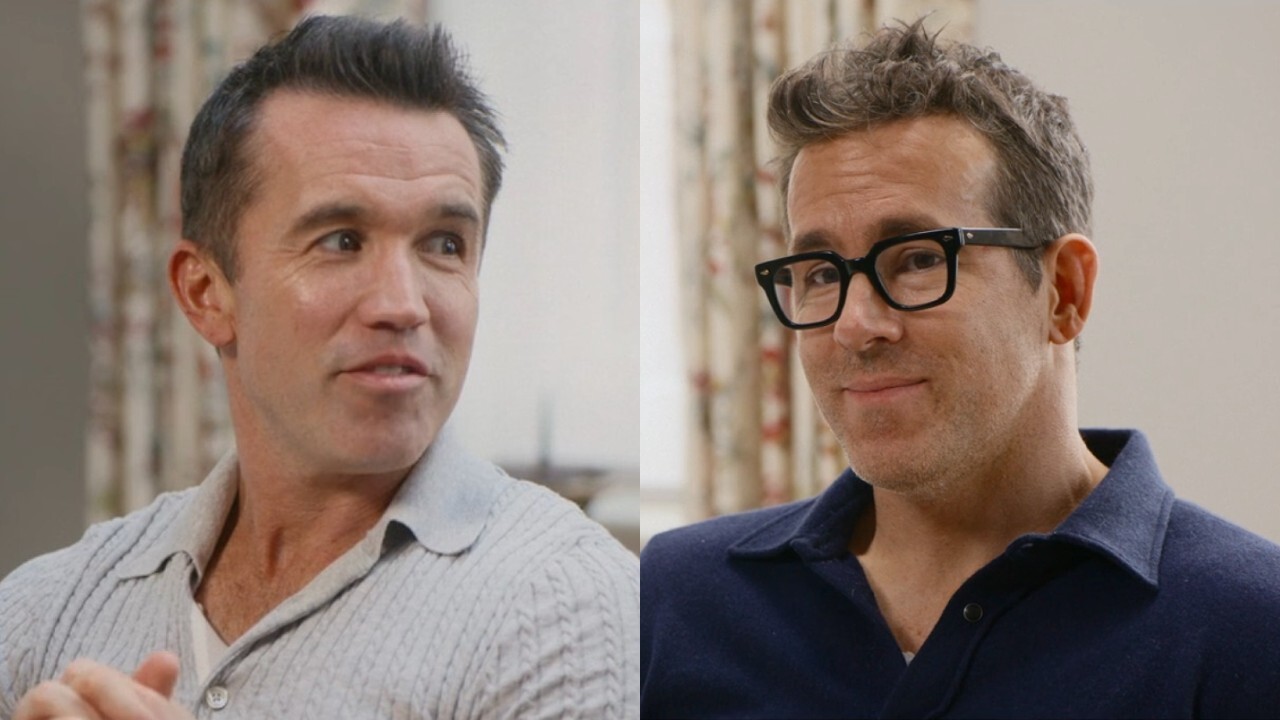There Were Reportedly Issues With Nielsen’s TV Ratings, Which Is A Problem For A Few Reasons
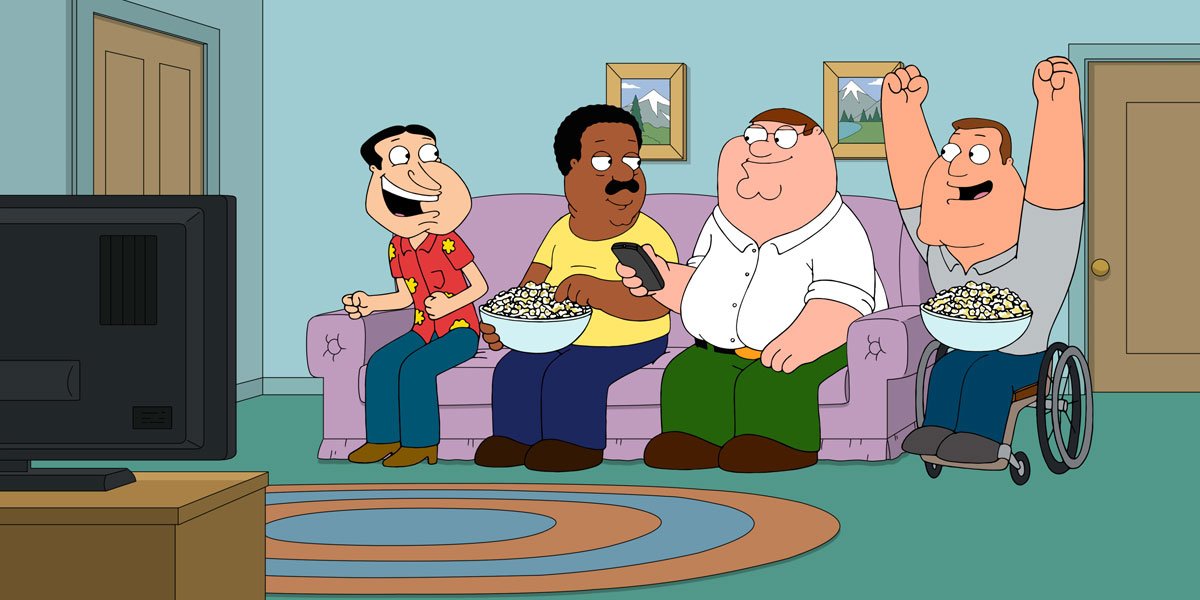
Nielsen Ratings have been the industry standard in television since the 1950s, but some of the company’s data has been called into question. In fact, non-profit watchdog group Media Rating Council released a statement this week saying Nielsen likely undercounted ratings during the pandemic and in February, ratings in the key 18-49 demographic were likely undercounted by between one and five percent. Given the television industry at least partially relies on these ratings to set advertising prices and help inform pick-up/ cancellation decisions, the ramifications of even minor inaccuracies are huge.
Like most things over the last year, the primary cause here seems to be the pandemic. In ordinary times, the company monitors a representative sample of homes to measure their TV viewing habits, and it uses this sampling to estimate how many total people across the United States watched a particular program. To make sure its sampling is as accurate as possible and the data is being collected properly, Nielsen reportedly sends representatives into people’s homes to check for any issues. According to Next TV, it also eliminates any households that are no longer watching television or don’t have a functioning television.
During the pandemic, however, Nielsen reportedly stopped sending people into any of these households, assumedly as a matter of safety. The end result, however, reportedly meant that a percentage of homes who were no longer consuming television were still included in the sampling, which meant the overall estimations were reportedly off.
According to Variety, Nielsen sent a letter to its clients on Monday acknowledging what happened and saying it will “address” the issues and challenges moving forward. There is reportedly also a plan in place to service an estimated 2,700 homes that currently need maintenance because of back-up during the pandemic. That work will reportedly take all of May and some to complete.
As for the money issue, that’s a whole lot more complicated. TV ad spend was reportedly almost four billion dollars in February. As such, undercounting even a small percentage of users would have the potential to flip hundreds of millions of dollars or more over the course of a year. In fact, there’s already a lot of talk about how these revelations will affect the upcoming television upfronts when it comes to advertiser spends.
Nielsen says for 93 percent of the shows it analyzed in February the ratings changed less than .02 ratings points in the 18-49 demographic. Because of that, you would like to think shows didn’t get cancelled over these discrepancies, but given how razor thin the margin sometimes is between picking up a show and moving on, it’s impossible to know for sure.
It’s hard to find businesses that weren't affected by the pandemic in fundamental ways. It makes all the sense in the world that Nielsen needed to change some of the ways it collected data and worked with the general public to keep everyone as safe as possible, but it’s also reasonable for advertisers and television networks to expect the data they’re getting to be as accurate as possible. Hopefully everything gets resolved and all parties are able to get back to the same level of trust and cooperation they had before.
CINEMABLEND NEWSLETTER
Your Daily Blend of Entertainment News
Mack Rawden is the Editor-In-Chief of CinemaBlend. He first started working at the publication as a writer back in 2007 and has held various jobs at the site in the time since including Managing Editor, Pop Culture Editor and Staff Writer. He now splits his time between working on CinemaBlend’s user experience, helping to plan the site’s editorial direction and writing passionate articles about niche entertainment topics he’s into. He graduated from Indiana University with a degree in English (go Hoosiers!) and has been interviewed and quoted in a variety of publications including Digiday. Enthusiastic about Clue, case-of-the-week mysteries, a great wrestling promo and cookies at Disney World. Less enthusiastic about the pricing structure of cable, loud noises and Tuesdays.
